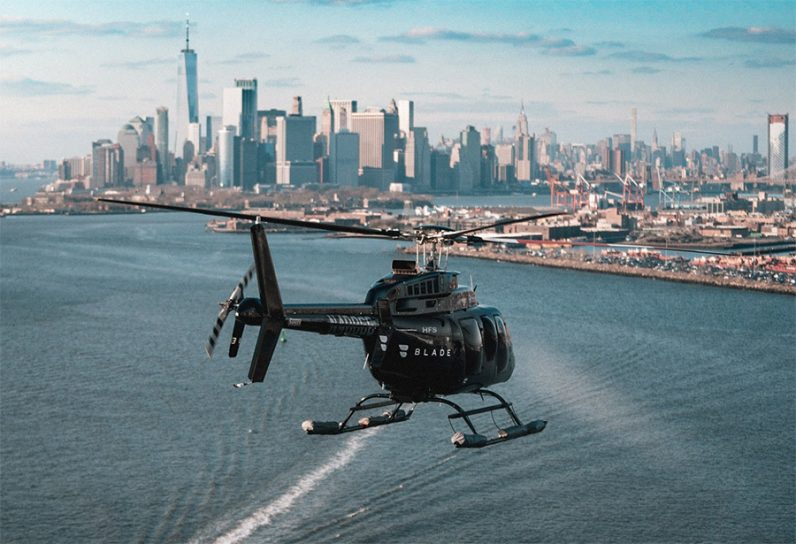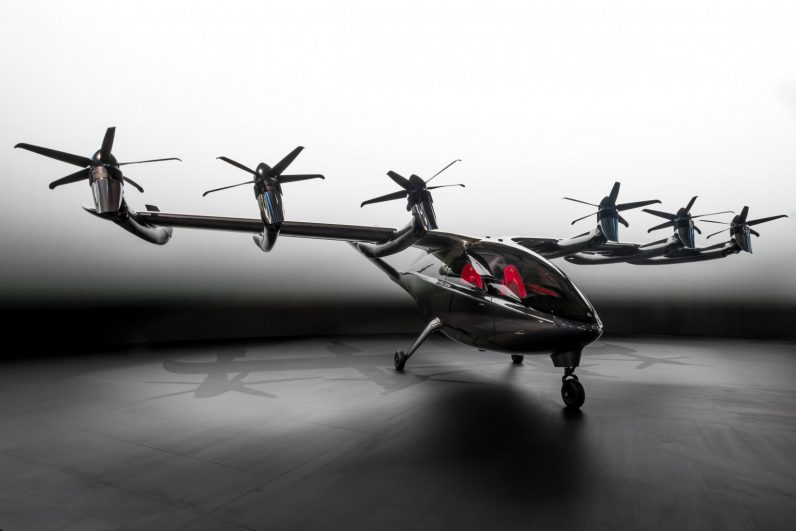But short-haul travel is far from an anomaly as we usher in an era of eVTOLs (electric vertical takeoff and landing aircraft) for on-demand trips. And it remains, for the near future, the domain of the rich.
So, what’s the controversy with Jenner?
In one of her recent flights, she traveled in California between Camarillo and Van Nuys, a 17-minute flight according to a flight tracker on Twitter. For context, the roughly 40-mile journey could have taken about 45 minutes by car, an hour by bus, or four hours by bicycle, depending on traffic. — Celebrity Jets (@CelebJets) July 13, 2022 Even worse, she allegedly traveled 30 minutes by car in the opposite direction to take the flight. And well, she’s been branded a “climate criminal” by people angry that they wear a jumper instead of turning the heater on, walk or cycle instead of using the car, and always recycle their bottles.
— Sommer Ackerman (@lifewithsommer) July 17, 2022
— Cara Lisette (@CaraLisette) July 18, 2022 But this represents not only a rise in popularity of luxury planes (sales soared during the pandemic) but an eventual mainstreaming of private, on-demand (and sometimes short-haul) flights. And they’re not always all that green.
Short-haul flights are not just for the ultra-wealthy
You can avoid the queue for Ubers at the airport if you’re willing to be responsible for a lot of air pollution. Cybersecurity guru Marcus Hutchins, known for ending the spread of ransomware attack WannaCry, recently shared:
— Marcus Hutchins (@MalwareTechBlog) July 19, 2022 Uber Helicopter runs between JFK International Airport and various locations in New York City. It’s bookable via the Uber app, including a ‘last mile’ journey to the helipad. There are also Blade helicopters available in New York, Los Angeles, Chicago, and other cities. Within 30 minutes after booking, you can fly between Manhattan’s West 30th Street Heliport and JFK International Airport for $195 per seat in about five minutes. (That’s a distance of about 19 miles by car and about 14 miles by air.) Yes, a five-minute journey. That makes Kylie Jenner’s trip look positively long-haul. If you take out the pesky problem of the ridiculous carbon emissions, these private, on-demand journeys are a big part of the promise of future eVTOLs. It makes me wonder what people will think of them for all their green cred, as it will be a long time before they become accessible to everyone – if ever. And, they aren’t getting all that many people out of their cars.
Will we really get eVTOLs for the cost of an Uber?
eVTOLs promise a future of point-to-point on-demand transport for the price of an Uber. Most will be regional or cross country, but a few companies, like Archer, plan to offer shorter journeys, also called city-hopping. The problem is, unless you consider Hutchinson’s quote for a helicopter low-end – I don’t – well, we’re a long way from eVTOL aviation for the price of an Uber. For example, Archer is offering to “democratize the air” with 25-minute on-demand flights as an alternative to “gas-guzzling cars” for $3.30 per passenger mile. That’s a pretty lofty aim considering the eVTOL industry is building never-before-seen aircraft. Then there’s the lengthy legal, and regulatory processes required as the technology evolves, the necessary charging infrastructure, vertiports, and air traffic management. All to fly a fairly modest number of people in the first few years. Robin Riedel, an aviation consultant at McKinsey & Company, notes that the likely cost is much more analogous to a private car than a ride-hailing service, meaning early adoption will be limited to higher-spend adopters. How many people can afford those kinds of costs? Further, an eVTOL costs millions to build. Then there’s the cost of infrastructure and training and hiring specialist pilots. We’re a long way from cost-effective, equal access people carrying. I place a lot of hope in medium and long-haul distance flights, especially using already established regional airports. But I’m less convinced about the viability of short-trip eVTOLs. I predict that for at least the first decade, these will price out all but the rich. This leaves people sitting in traffic jams and queues at budget airlines, wondering why investors didn’t put more money into transport infrastructure like bullet trains and effective last-mile solutions.

